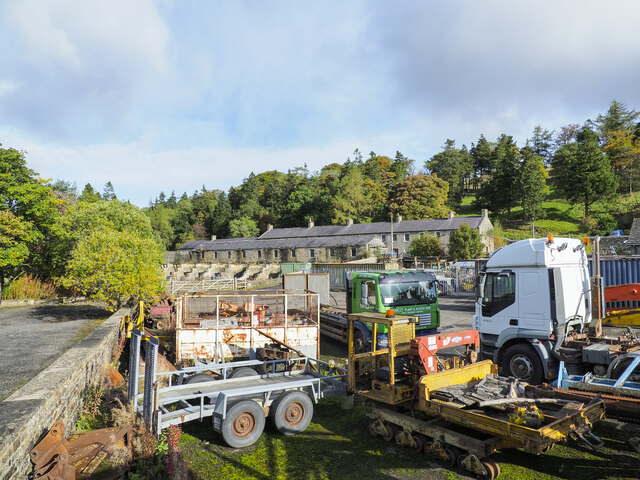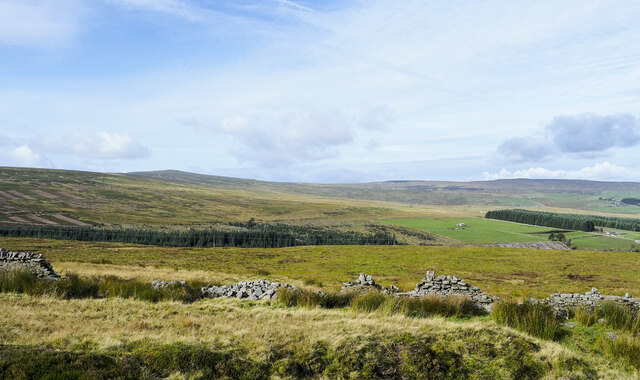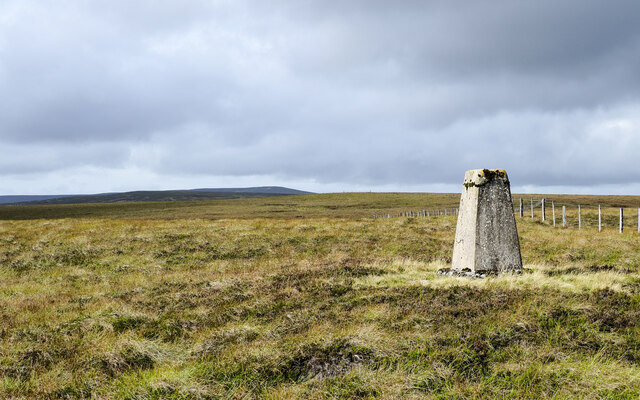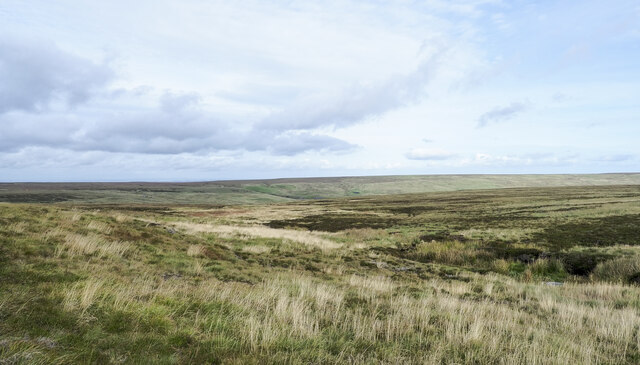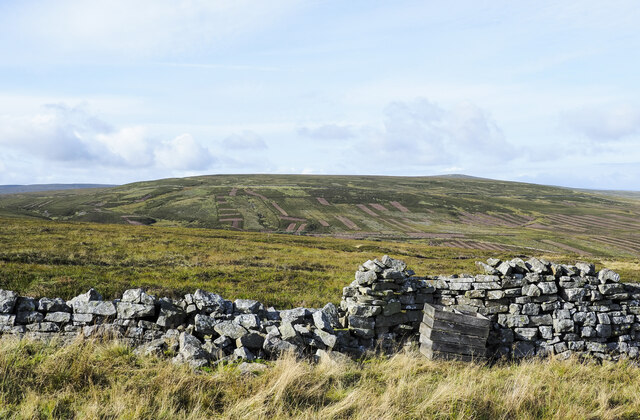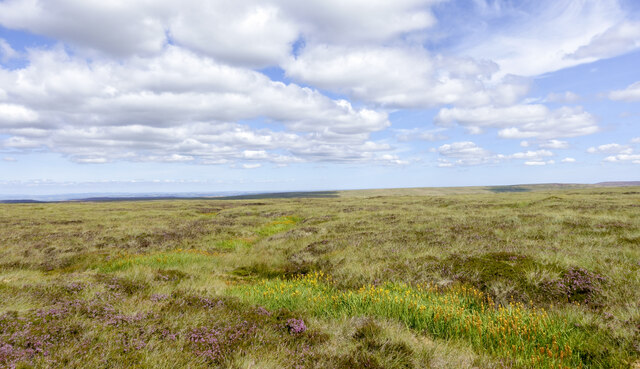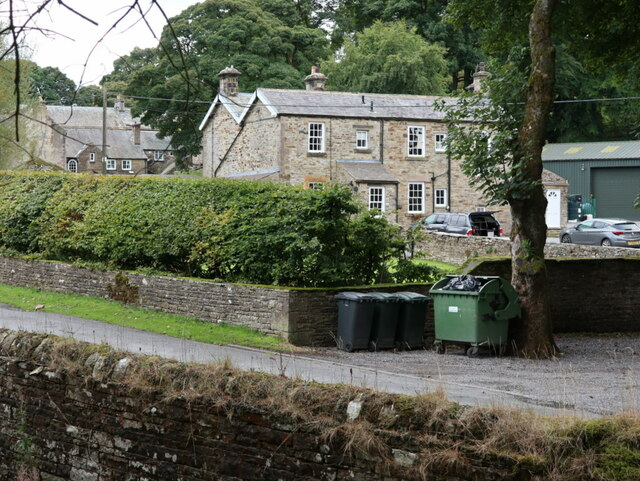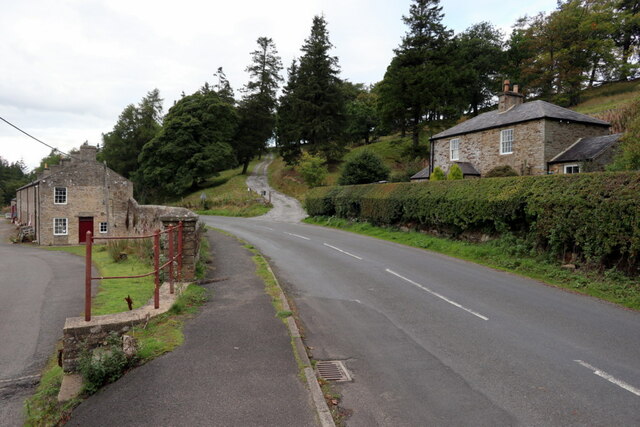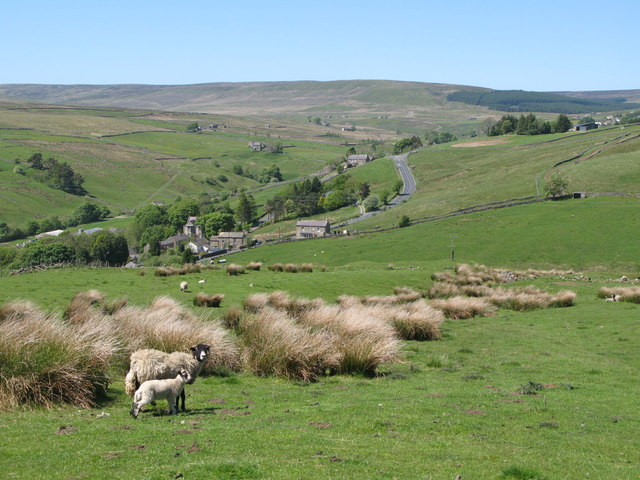Allenheads Park
Downs, Moorland in Northumberland
England
Allenheads Park
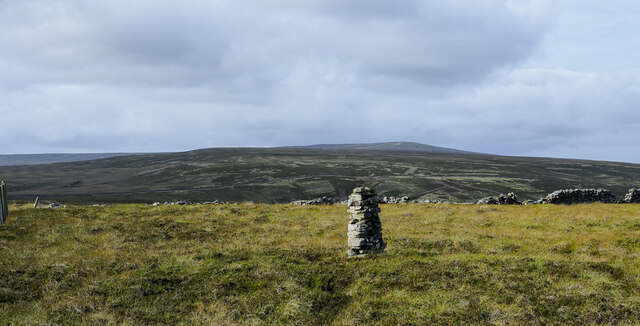
Allenheads Park is a stunning natural reserve located in the heart of Northumberland, England. Spanning over acres of diverse landscape, the park presents a picturesque blend of downs and moorland that captivates visitors with its beauty and tranquility.
The downs of Allenheads Park are characterized by rolling hills covered in lush green grass. These gentle slopes offer breathtaking panoramic views of the surrounding countryside, providing a perfect spot for nature enthusiasts and photographers alike. The open expanses of the downs also make it an ideal location for outdoor activities such as picnicking, kite flying, and walking.
In contrast, the moorland section of the park features a more rugged terrain, with heather-clad hills and peat bogs. This moorland habitat is home to a myriad of unique plant and animal species, including rare birds like the curlew and red grouse. Visitors can explore the moorland through well-maintained walking trails, immersing themselves in the untamed beauty of the natural surroundings.
Throughout the park, there are numerous designated areas for wildlife observation, allowing visitors to observe and appreciate the diverse fauna and flora that call Allenheads Park home. The park also boasts a rich history, with remnants of old mining activity still visible in certain areas.
With its tranquil atmosphere, varied landscapes, and abundant wildlife, Allenheads Park offers a haven for nature lovers and a perfect escape from the hustle and bustle of everyday life. Whether it's a leisurely stroll through the downs or an adventurous trek across the moorland, this Northumberland gem promises an unforgettable experience for all who visit.
If you have any feedback on the listing, please let us know in the comments section below.
Allenheads Park Images
Images are sourced within 2km of 54.790969/-2.2258384 or Grid Reference NY8544. Thanks to Geograph Open Source API. All images are credited.

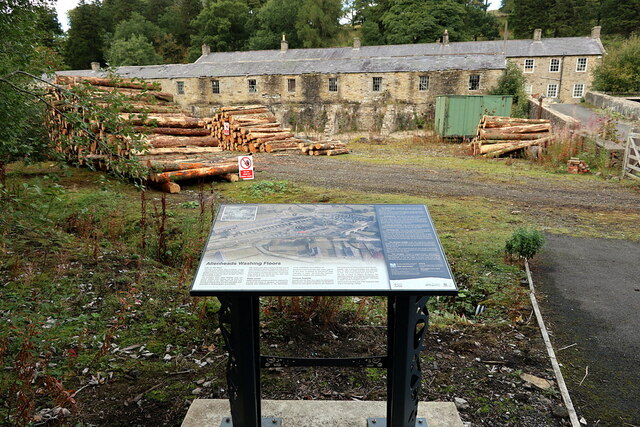
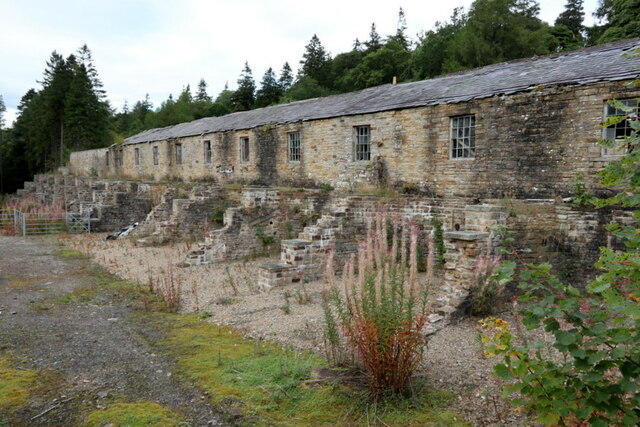
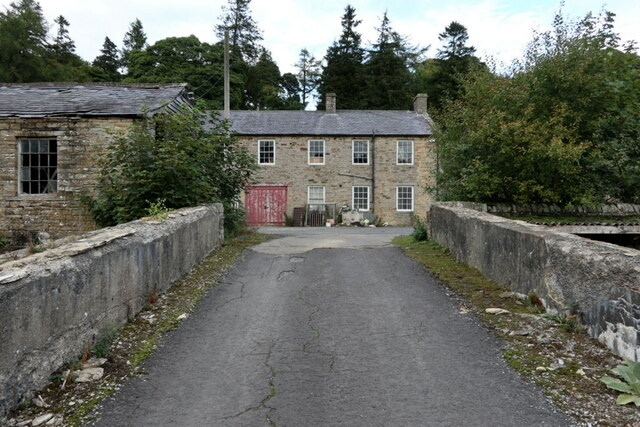
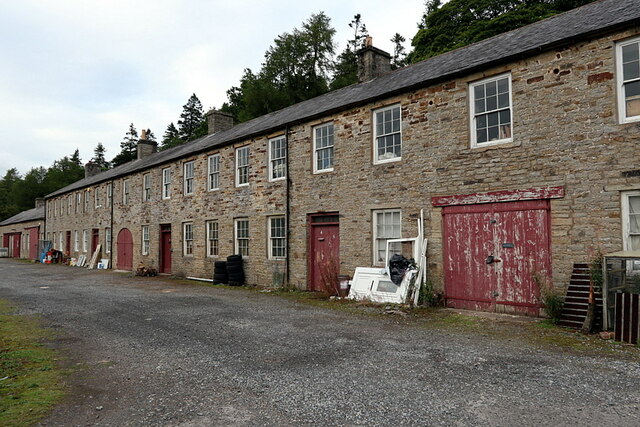
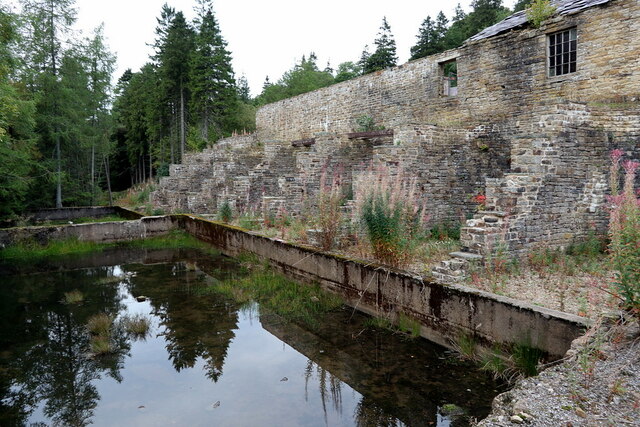
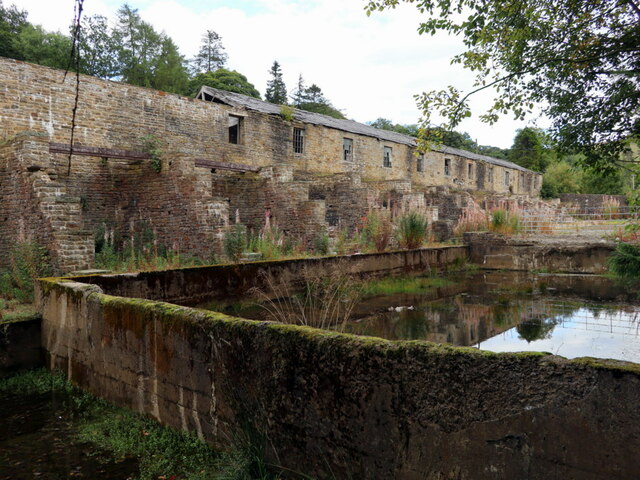
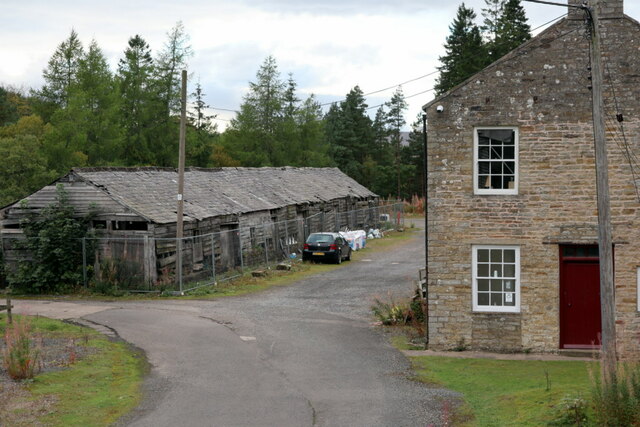
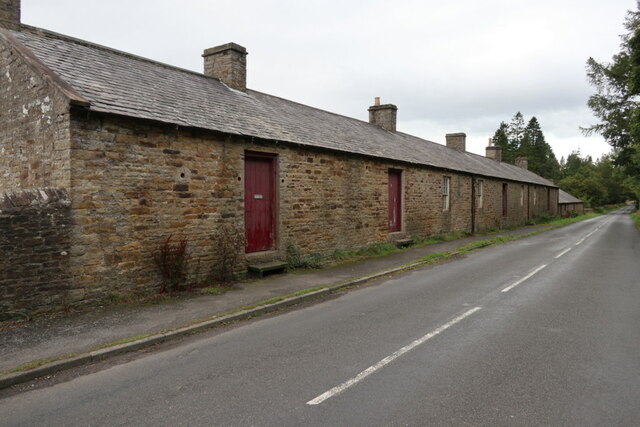
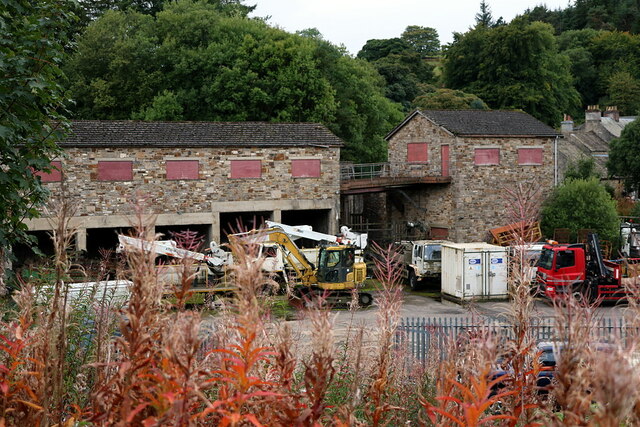
Allenheads Park is located at Grid Ref: NY8544 (Lat: 54.790969, Lng: -2.2258384)
Unitary Authority: Northumberland
Police Authority: Northumbria
What 3 Words
///fees.division.backtrack. Near Alston, Cumbria
Nearby Locations
Related Wikis
Nearby Amenities
Located within 500m of 54.790969,-2.2258384Have you been to Allenheads Park?
Leave your review of Allenheads Park below (or comments, questions and feedback).
